
https://amr-farahat.github.io/

1/15
Why are CNNs so good at predicting neural responses in the primate visual system? Is it their design (architecture) or learning (training)? And does this change along the visual hierarchy?
🧠🤖
🧠📈
We combine a visual navigation task + large-scale mouse neural data to test what makes visual RL agents robust and brain-like.
Top teams: featured at NeurIPS + co-author our summary paper. Join the challenge!
Whitepaper: arxiv.org/abs/2509.14446

We combine a visual navigation task + large-scale mouse neural data to test what makes visual RL agents robust and brain-like.
Top teams: featured at NeurIPS + co-author our summary paper. Join the challenge!
Whitepaper: arxiv.org/abs/2509.14446

The Voxelwise Encoding Model framework: A tutorial introduction to fitting encoding models to fMRI data
doi.org/10.1162/imag...
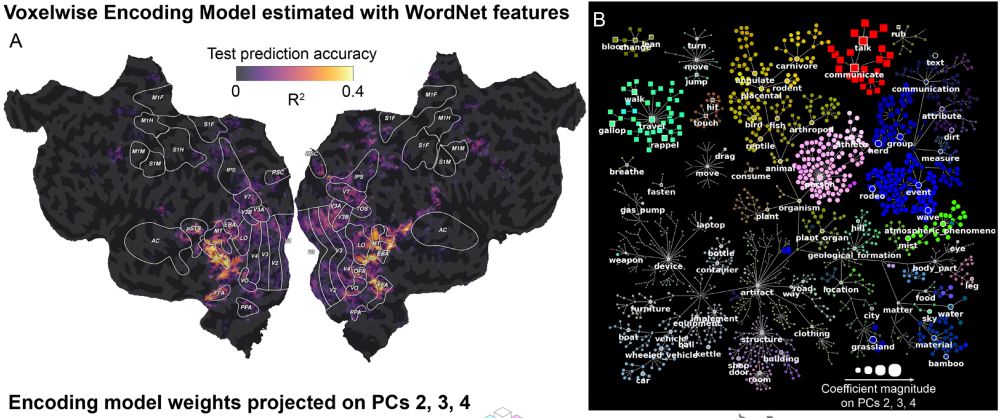
The Voxelwise Encoding Model framework: A tutorial introduction to fitting encoding models to fMRI data
doi.org/10.1162/imag...
@alleninstitute.bsky.social
www.nature.com/articles/s41...
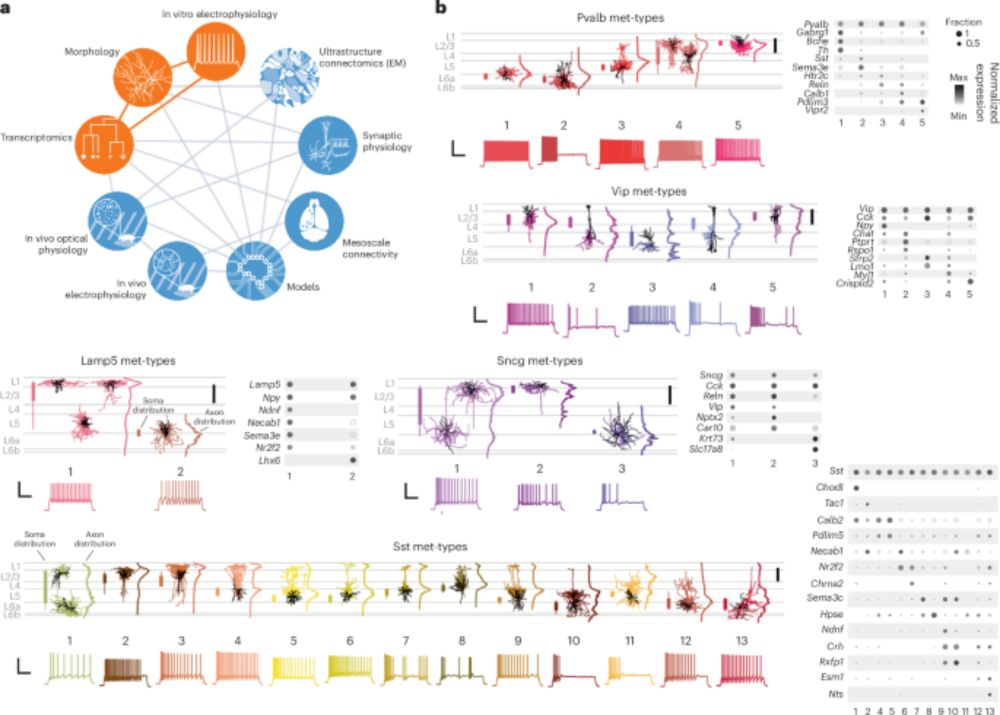
@alleninstitute.bsky.social
www.nature.com/articles/s41...
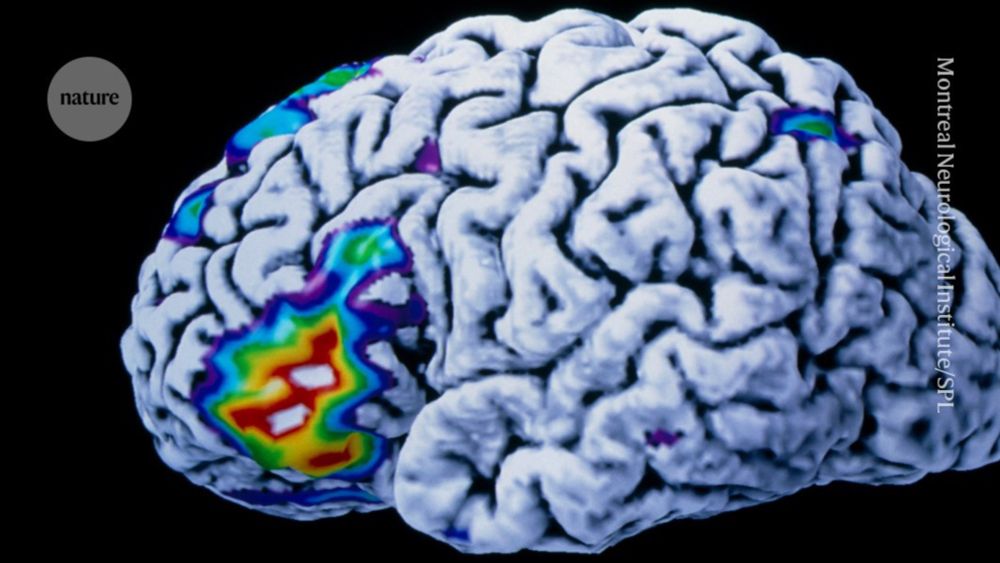
1/15
Why are CNNs so good at predicting neural responses in the primate visual system? Is it their design (architecture) or learning (training)? And does this change along the visual hierarchy?
🧠🤖
🧠📈

1/15
Why are CNNs so good at predicting neural responses in the primate visual system? Is it their design (architecture) or learning (training)? And does this change along the visual hierarchy?
🧠🤖
🧠📈
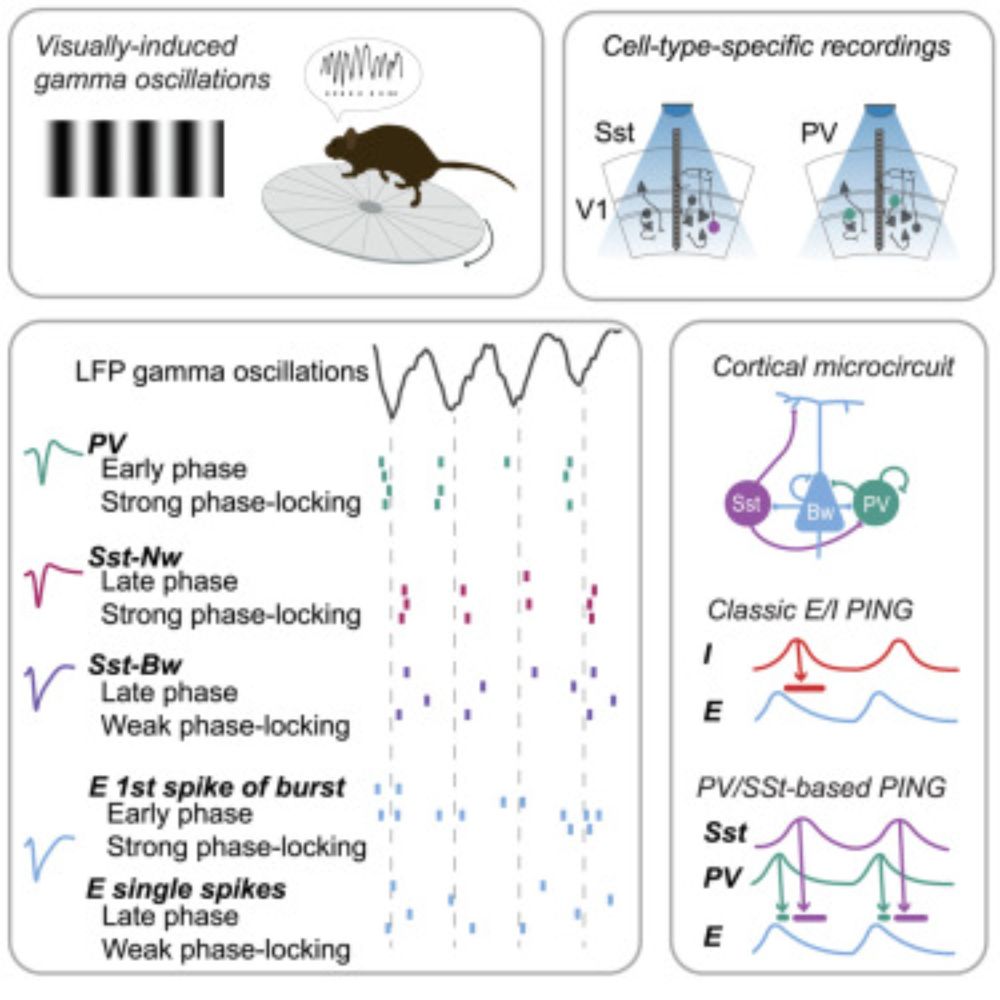
🚨Preprint Alert
New work with @martinavinck.bsky.social
We elucidate the architectural bias that enables CNNs to predict early visual cortex responses in macaques and humans even without optimization of convolutional kernels.
🧠🤖
🧠📈
🚨Preprint Alert
New work with @martinavinck.bsky.social
We elucidate the architectural bias that enables CNNs to predict early visual cortex responses in macaques and humans even without optimization of convolutional kernels.
🧠🤖
🧠📈
Happy to announce that my Computational Neuroscience textbook was published by MIT Press.
The text and code is freely accessible:
mitpress.mit.edu/978026254808... (click Open Access)
drive.google.com/drive/folder...
(1/n)

Happy to announce that my Computational Neuroscience textbook was published by MIT Press.
The text and code is freely accessible:
mitpress.mit.edu/978026254808... (click Open Access)
drive.google.com/drive/folder...
(1/n)
Sincerely,
Everyone
Sincerely,
Everyone
@brainalien.bsky.social and I extend heartfelt thanks to all contributing authors for their exceptional work, w/ special gratitude to Paul Thompson @ptenigma.bsky.social for an inspiring foreword

@brainalien.bsky.social and I extend heartfelt thanks to all contributing authors for their exceptional work, w/ special gratitude to Paul Thompson @ptenigma.bsky.social for an inspiring foreword
When animals learn new object discrimination tasks, how much does their IT cortex change?
www.biorxiv.org/content/10.1...

When animals learn new object discrimination tasks, how much does their IT cortex change?
www.biorxiv.org/content/10.1...

They are grouped into a collection and divided into courses - eg. all Session 1 talks are under Session 1's course etc.
See the video collection here: bit.ly/4ffTGy8

They are grouped into a collection and divided into courses - eg. all Session 1 talks are under Session 1's course etc.
See the video collection here: bit.ly/4ffTGy8
Please like and repost to help us get the word out!
www.youtube.com/playlist?lis...
Lecture 1: Signals and data acquisition
Focusing on hardware, digital/analog I/O, synchronization
🧵
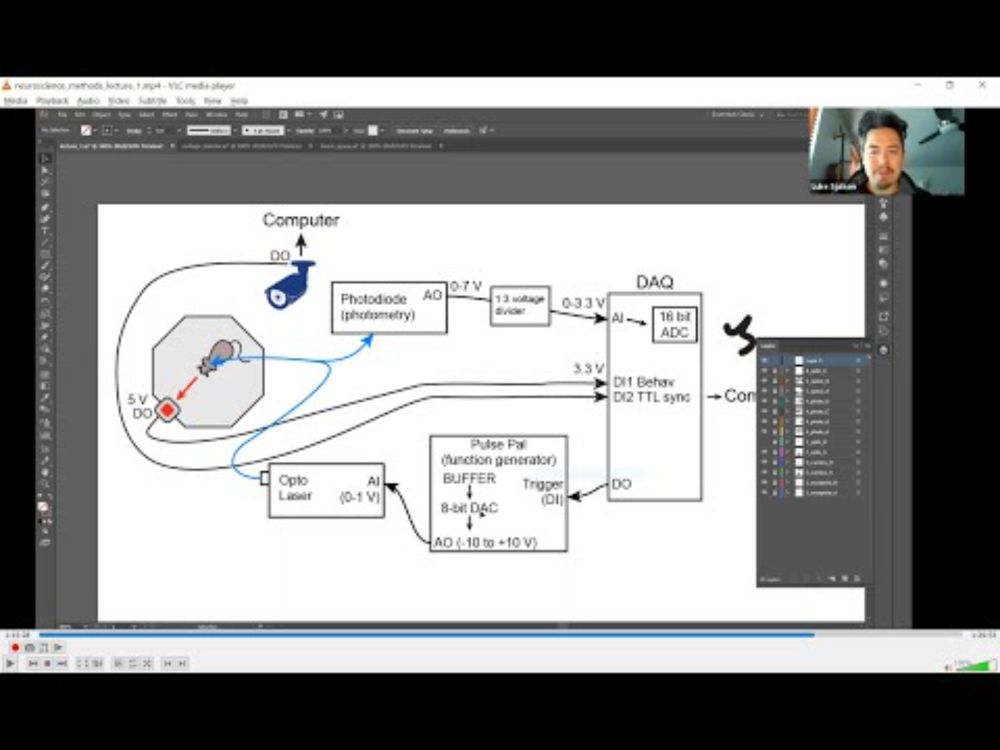
Please like and repost to help us get the word out!
www.youtube.com/playlist?lis...
Lecture 1: Signals and data acquisition
Focusing on hardware, digital/analog I/O, synchronization
🧵
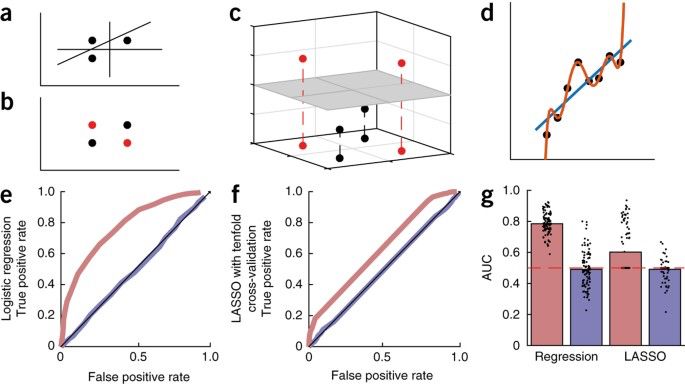
Hallucination is totally the wrong word, implying it is perceiving the world incorrectly.
But it's generating false, plausible sounding statements. Confabulation is literally the perfect word.
So, let's all please start referring to any junk that an LLM makes up as "confabulations".
A hallucination is a false subjective sensory experience. ChatGPT doesn't have experiences!
It's just making up plausible-sounding bs, covering knowledge gaps. That's confabulation
Hallucination is totally the wrong word, implying it is perceiving the world incorrectly.
But it's generating false, plausible sounding statements. Confabulation is literally the perfect word.
So, let's all please start referring to any junk that an LLM makes up as "confabulations".
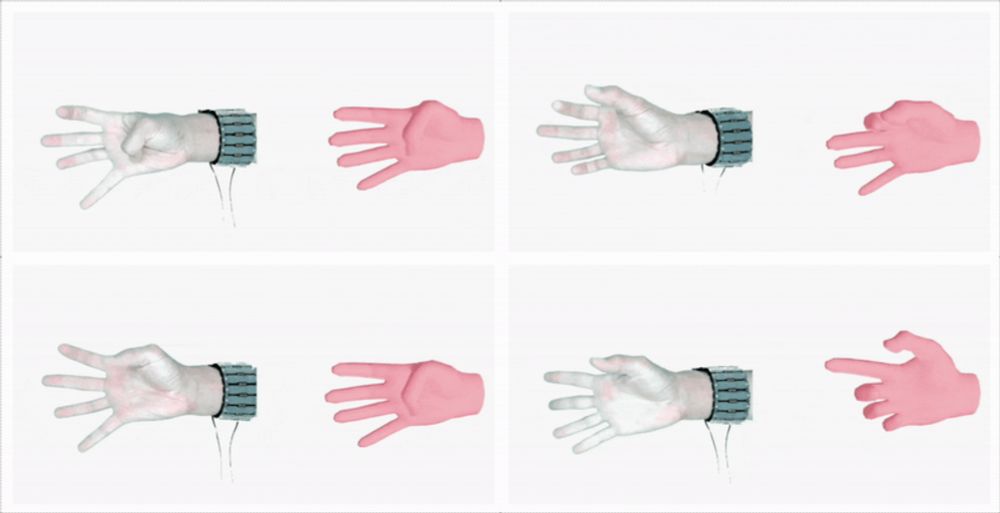
#NeuroAI #CompNeuro

#NeuroAI #CompNeuro
How to share arXiv papers

How to share arXiv papers


